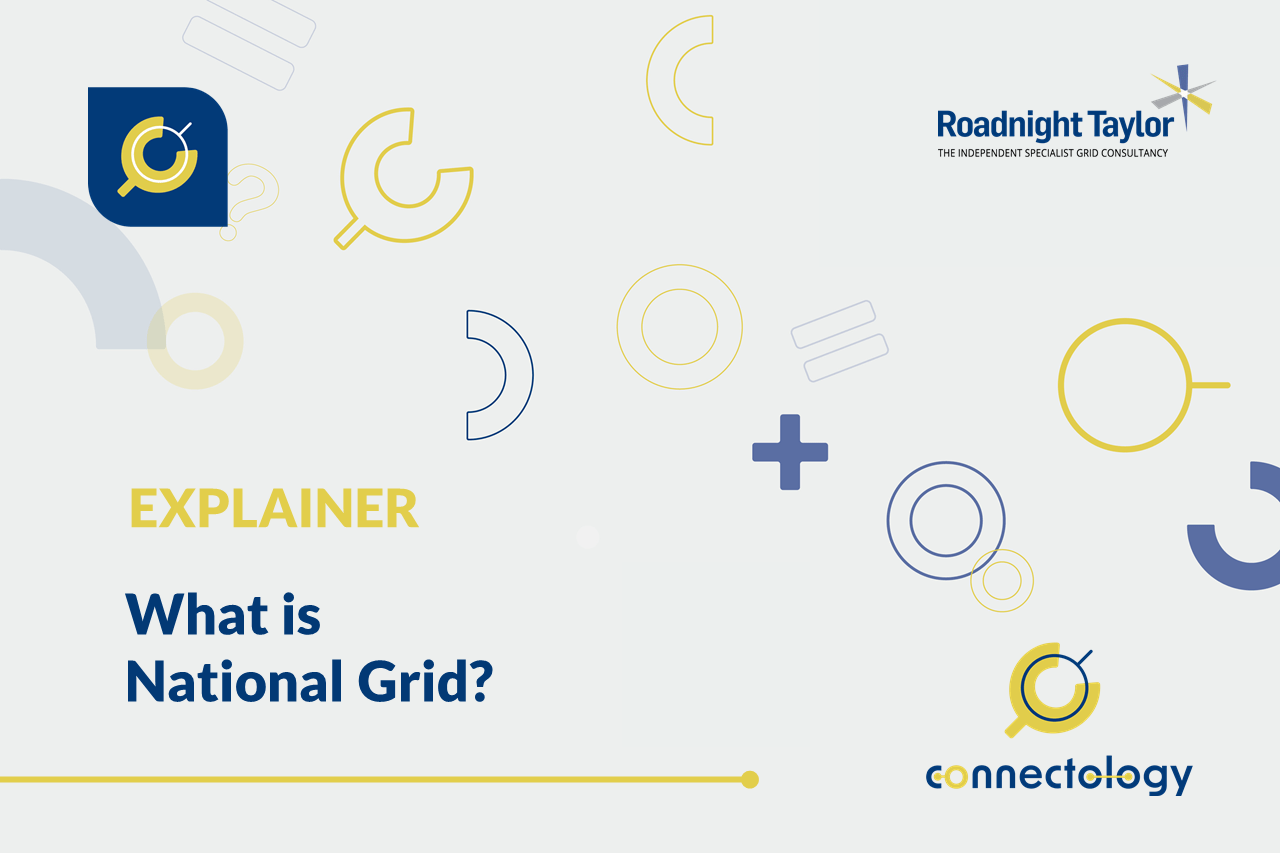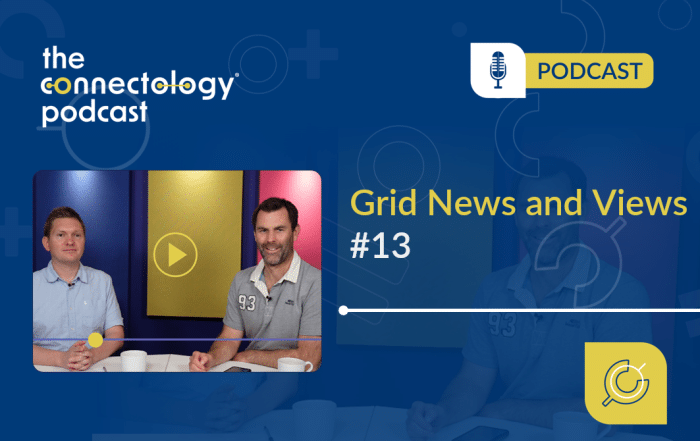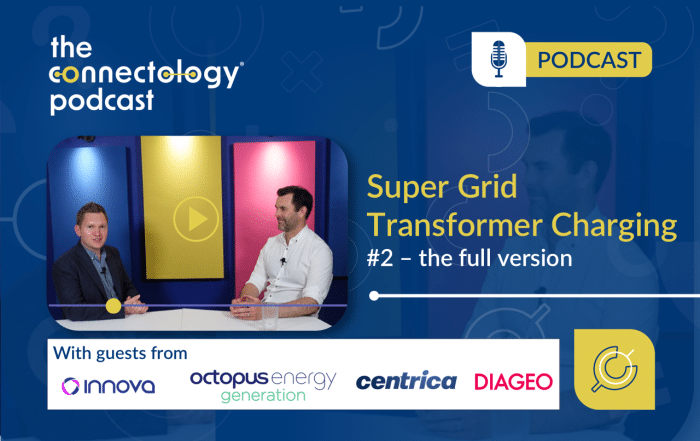What is National Grid?
The term ‘the national grid’ is commonly used to describe the entire electrical network in Great Britain. However, from a network perspective, ‘National Grid’ is a much more specific term relating to the owner of the transmission network in England and Wales.
Article by Pete Aston – acknowledged expert in networks
Pete joined Roadnight Taylor from Western Power Distribution, the UK’s largest DNO, where he was Primary System Design Manager. He led a team of sixty responsible for all connections and reinforcement of the extra high voltage network and oversight of the roll out of active network management across all four of WPD’s licence areas.
First written: 01 April, 2022. Reviewed and updated: 01 May, 2025

The term ‘the national grid’ is commonly used to describe the entire electrical network in Great Britain, at every voltage from 230V in people’s homes up to 400,000V pylon lines crossing the countryside. However, from a network perspective, ‘National Grid’ is a much more specific term relating to the owner of the transmission network in England and Wales – the higher-voltage backbone of the electrical network, equivalent to the motorways of the road network – rather than the whole thing.
Who owns the transmission networks?
In GB, there are three separately owned transmission networks. In the north of Scotland, SSEN (Scottish and Southern Electricity Networks) is the transmission owner, whilst in the south of Scotland it is SP Energy Networks. In England and Wales, the transmission owner is the company National Grid.
You can see the ENA network operator map for the area these three companies cover (scroll down to the map and click on the ‘Electricity transmission operators’ button above the map).
Who is the System Operator?
The National Energy System Operator (NESO) (a separate legal group from NGET, the transmission owner), is the system operator for for the whole of GB, balancing demand and generation second by second, to keep the system frequency at 50Hz.
Customers can connect directly to the transmission system at 275kV or 400kV in England and Wales, and at 132kV as well in Scotland – and to some tertiary windings at a typical 13kV. Typically, new transmission connections are for large power stations, such as new off-shore wind farms.
The Distribution Network Operators (DNOs) take a supply from the transmission network and then distribute electrical power at lower voltages on a more local level, into homes and businesses, as well as connecting smaller-scale generators.
Contact us
Roadnight Taylor can help you with connection applications at both transmission and distribution level. To find out more call us on 01993 830571 or send us a message via our contact form.












